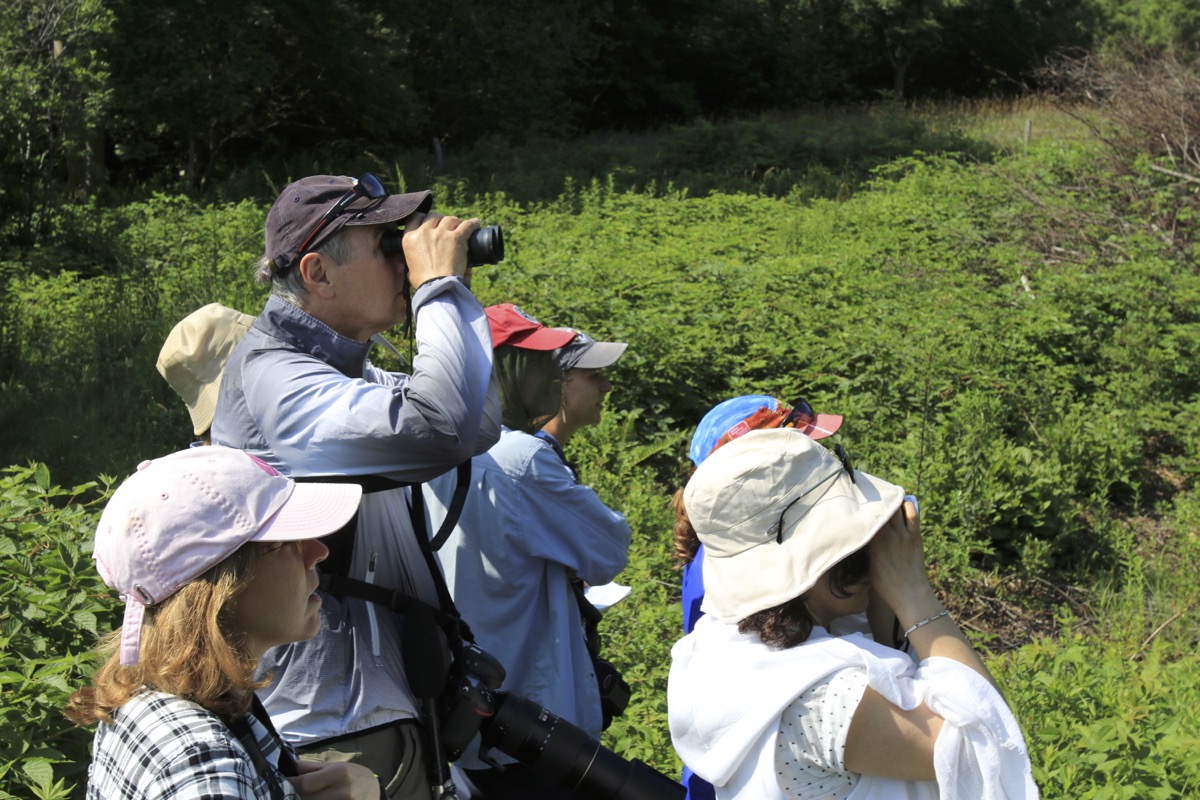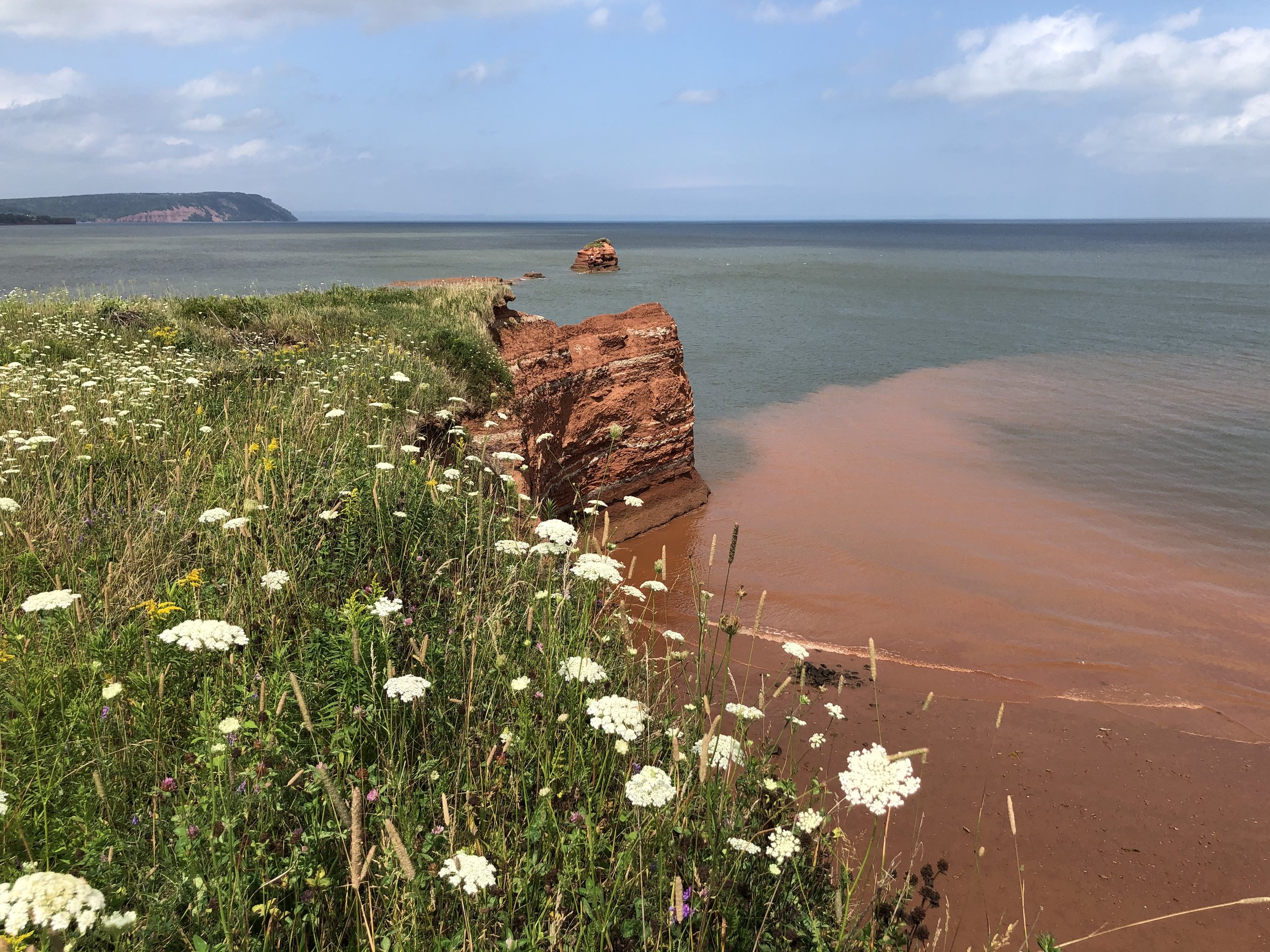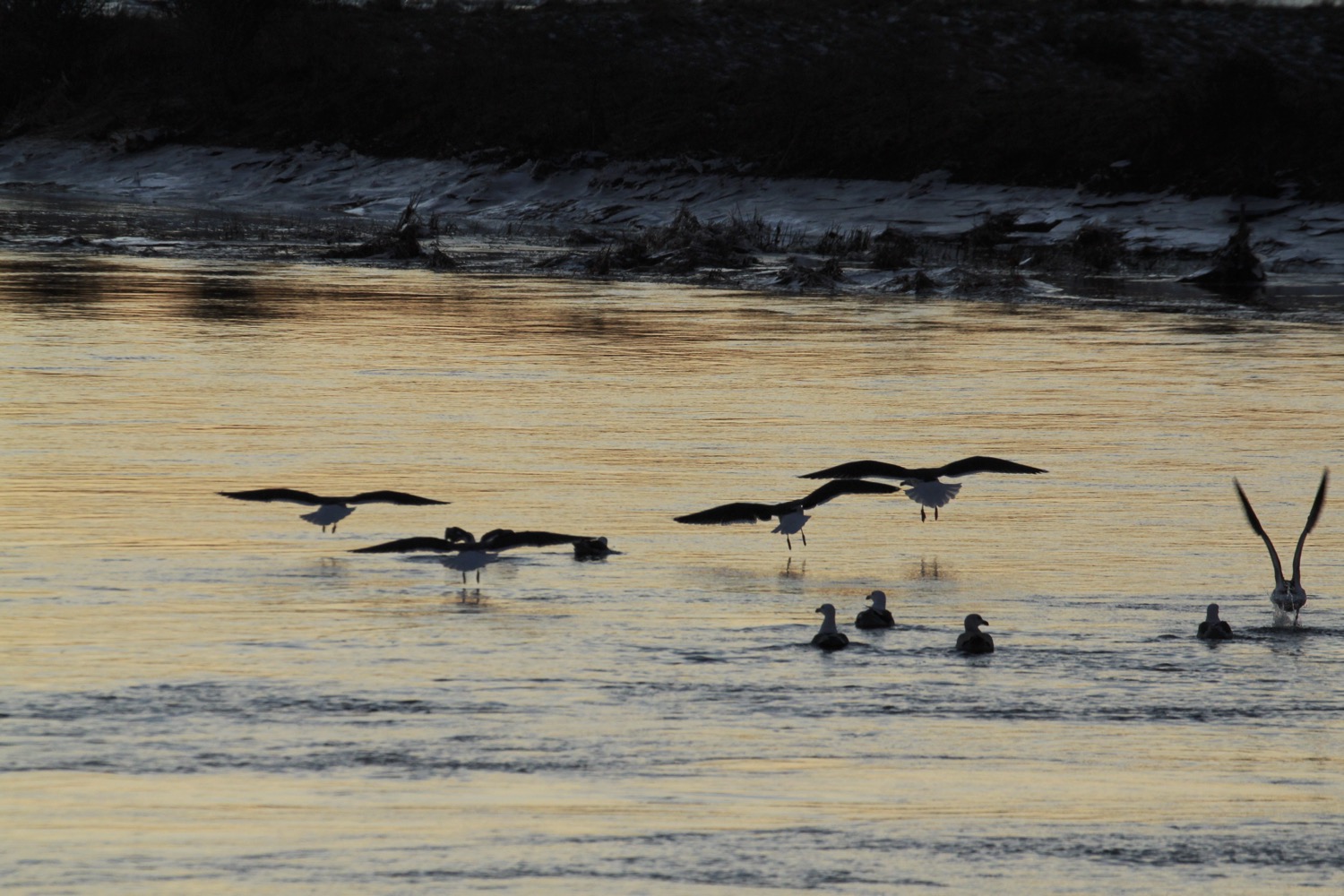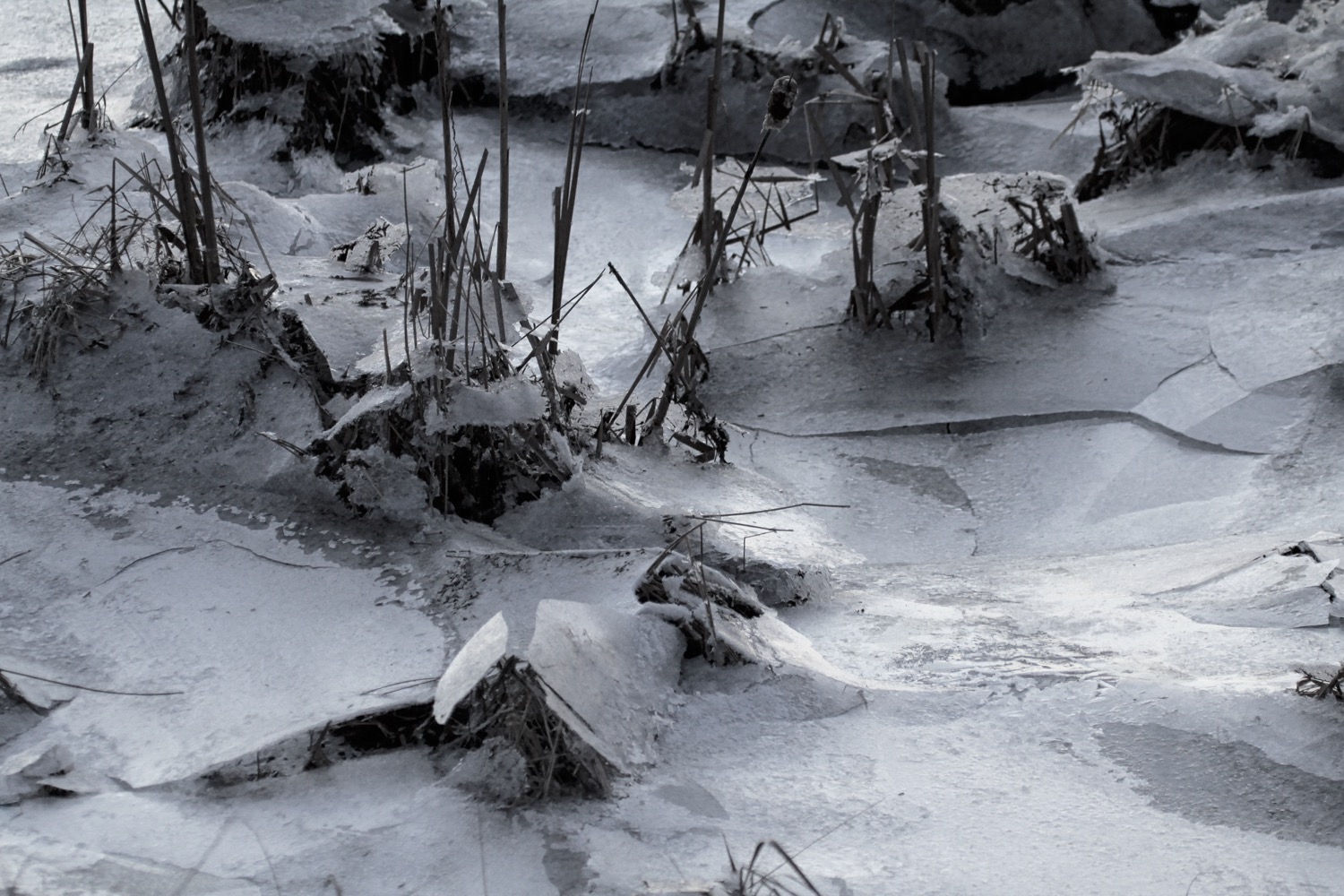Wouldn’t it be great to experience an area with local guides whose stories reflect the way that they live? What if these experiences demonstrated a commitment to sustainability, and whose overall purpose was to help travellers to slow down, learn hands-on, and somehow be personally affected by the experience?
Why book a customized itinerary or experience
We received a call from a small group travelling to Nova Scotia this summer. Their request reflects what many travellers are looking for today. They wanted to see the landscape through the stories and guidance of someone who understands local land policies, history, geography, and could take them to some out of the way places. Our guide knew just where to take them.
Exploring Western Nova Scotia with Locals
You’re coming to Nova Scotia, and you’re interested in meeting some local folks, and perhaps having some conversations about what makes this place unique. You love being outdoors, perhaps landing in along the well-known Bay of Fundy at spots that provide you with an opportunity to take a photo that is not the usual “tourist” photo. Maybe you’ve heard about the delicious ciders and sparkling white wines or soft red wines that are produced in the Annapolis and Gaspereau Valleys of western Nova Scotia. Or, maybe someone you know made the suggestion that if you come to Nova Scotia, make sure that you taste the food, apples, or local produce that is available at local farm markets year-round in “the Valley".
What’s in a story? Storytelling is as old a practice as we have been communicating humans. It’s how we share what needs to be carried forward. We are launching a series of new storytelling itineraries and experiences for travellers to Nova Scotia, and locals who are looking for something different. In the company of a local, very experienced guide, you will be traveling to spots that most travellers don’t get to. You will travel to by backroads to viewpoints and culturally unique spots where history, beauty, and geography offer you opportunities to stop and walk on a beach along the Minas Basin shore. You’ll be provided with opportunities to sample food at small cafés and farm markets, and definitely stop for a taste of cider, wine at a rural family winery, or a local craft brew at a an artisan malt house or brewery - you choose where you would like to go, with the advice of your guide. Locally produced cheese, gelato, fresh apples, and local herb blends are standard fare that reflect the Acadian forest soils and Bay of Fundy terroir.
The promise of a slow travel, guided adventure for part of a day in the company of people who have lived here all their lives, know the geography and insider stories about the history of growing apples, Acadian settlement, and provide insights that are not part of a standard tour, is the promise. These are travel adventures meant to satisfy the curious, give you an opportunity to breathe Maritime air, and learn more about this region known for hundreds of years as Mi’kma’ki, the ancestral lands of the Mi’kmaq peoples, here in Kings County, the wild potato area of Sipekni’katik.
Each of these itineraries offers flexibility and customization. This is not a race to get somewhere fast. Rather, our guides are interested in having conversations with you, to learn what you are interested in, and to respond with stories and site visits that might meet your interests. We invite you to meet our guides, re-connect with the art of story, taking home more than just a story. You will leave with a heart filled with the need to return.
What are your values and interests while seeking out travel experiences?
Many travellers today are seeking out specific travel experiences that speak to their values and interests when travelling. Whether as a couple, a group of friends, or an extended family group, many Canadians have become more aware of the opportunities and benefits of travel closer to home. They are more willing to stay in a location for three to four days. When travellers search for unique ways to encounter local people, or take part in unique experiences, they often look for things to do that reflect local culture, stories, foods, or traditions that they can take part in.
One way that global companies, destinations, and tourism operators have been doing recently this is to develop hands-on, interactive experiences involving a local guide, some kind of unique activity, access to local foods, and stories and out of the way places. This is known as Experiential Tourism.
Here in Nova Scotia, three community partners have recently joined hands to develop a suite of 16 new experiences in the Annapolis Valley region to be available for travellers by spring of 2023. In order to do that, stories (and storytellers) will be coached and developed as new accessible experiences, that will be easy to book online. The Wolfville Farmer’s Market, Blomidon Naturalists Society and Earth Rhythms are developing these new experiences with local area farmers, artists, and naturalists to offer new experiences not both in the summertime, but also in the wintertime as well. Many of these experiences will include an outdoor walk (we have all become aware of the importance of spending time outdoors as a result of the pandemic), a unique activity with a farm producer, local artist, a naturalist, forager or perhaps a community songwriter. “I think that building a whole series of experiences that really champion food, food stories, culinary tourism and a sense of place are well-placed in terms of what visitors want access to,” says Celes Davar, of Earth Rhythms.
Kelly Marie Redcliffe, Executive Director with the Wolfville Farmer’s Market said “...it’s exciting that the experiences that will be created, will be educational and beneficial not only to tourists, but to people living right here in the Annapolis Valley.” Redcliffe said she believes the project will be good for the agriculture and tourism sectors as a whole. "Blomidon Naturalists Society president Soren Bondrup-Nielsen said that because of issues such as the loss of species and the climate crisis, being a naturalist today means also having to advocate for nature. Bondrup-Nielsen said he would be working with farmers who appreciate these facts to help bring more people to their farms and help visitors better understand where their food comes from.” (Excerpted from Saltwire Article, March 24, 2022. Wineries, Ski Martock, Wolfville Farmers’ Market get federal grants.)
Italian company Voomago has been championing what is known as Experiential Tourism for over seven years. Their take on having authentic, visceral experiences is at the heart of what they offer visitors to their towns and villages. "When all of your senses combine to complete an experience, it becomes more meaningful to you. Studies have shown the more senses you engage, the deeper and longer lasting your memories will be. Experiential travel will have you coming back changed, inspired, and more complex, holding on to something that no tangible souvenir can ever replace.” What a wonderful goal!
That’s what we are after here in the Annapolis Valley. To work together with community partners, to help create a new narrative, that when you plan to come to “the Valley”, you will have not only the wineries, cideries, and opportunities for self-driven hiking, dining and sight-seeing. But, in addition, there will be new opportunities for local stories to be accessible as revenue-generating experiences benefiting local people. These experiences will be different from an ordinary tour. They will offer a more intimate, slow-travel way to interact with people who live here, perhaps being inspired to think about gardening, or songwriting, or purchasing food that they eat understanding the local ecology of why these foods are so nutritious, brought to life in an experience with a passionate storyteller.
Birds, scientists, backyards, and the experience of being "ears on"
Nova Scotia is a landscape of shore to shore to shore, with a bit of land in between. So, in effect, ecologically speaking, there is a narrow squeeze of land in between massive amounts of ocean. This creates a tremendous amount of edge. Edges between land and sea. Edges between forests and streams or open meadows. Edges between forests and rivers and lakes. Edges are well known as being ecologically diverse.
The South Shore of Nova Scotia is no exception, especially when Acadian forests meet white sand beaches.
The really delightful aspect of my July re (treat) was that I registered for a great citizen science experience with Dr. Sarah Gutowsky. We learned to identify 25 bird songs of birds still singing or calling within the area of the Harrison Lewis Coastal Discovery Centre and Thomas Raddall Provincial Park.
What made this an experience? It was “ears on” four times a day. It was being in conversation with a passionate ornithologist. It was about walking, feet touching forest soils, pastures, white sands, and experiencing different times of the day. We were in the company of someone who understands ecology, birds, and a lot about them.
I had the opportunity to interview Sarah before we left the Harrison Lewis Coastal Discovery Centre. Her refreshing, direct responses are instructive.




Tips for travelling responsibly
We take sustainable travel seriously. Responsible travel, sustainable travel, traveling with low carbon emissions, and traveling in a zero waste manner are part of our core values as a company. First, we create great experiences that help our guests to experience nature, culture, art and cuisine in memorable ways. But, backing this up in all aspects, are our commitments to offering experiences that demonstrate the best in sustainable practices.
You might ask what you can do to travel responsibly. Here are two suggestions that you may find helpful as you make your decisions about where you wish to travel.
A company that we admire, that provides truly Responsible Travel trips - Here’s a good quick snapshot about how they manage profits and principles.
Let's do tourism differently
How might we do tourism differently in Nova Scotia? What if we engage our communities to listen to them about what they want from tourism and what they don’t want? Let’s put more time into developing experiences instead of spending so much money on marketing. Is China the right market for rural Nova Scotia? If not, then who is? How is Kings County different from other areas of the province? What does that mean in terms of how tourism is done here?
At the peak
Bald eagle at sunset
Photography involves searching for patterns, lighting, and things at their peak. Tonight’s Boxing Day outing involved a convergence of just past peak high tide, peak and just past sunset, and just past the Solstice. Slow travel involves slowing down to look for patterns, listen for sounds that tell an acoustic story, and then taking time to connect the dots. This slow travel adventure took stock of the many eagles in flight at sunset, the river bathing that Greater Black-backed gulls engage in, and recognized the acoustic stretching and release of ice on the surface of water that no longer has tide waters to support it causing the panes of ice to “tinkle” and cling to emergent shoreline vegetation.
Greater black-backed gulls bathing
Collapsing ice panes as tide recedes
Magic light
Sun sets on the interior of a Gaspereau Valley forest where snowshoe hares, coyotes, foxes, red squirrels, and barred owls are abundant.
Walking in Nova Scotia can occur at any time of the year. However, if you wish to discover things that you don’t ordinarily see, then winter is a great time to get out. It’s in a patch of Acadian forest like this that you can smell the difference between balsam fir, hemlock and white pine. Just crush some needles and compare. This time of year is good to look through the forest of trees to discover raptor, owl, and other perching bird nests that may not have been discovered previously. Most of all, the fresh snowfalls that we receive are like an eraser on the forest floor. Every few days, it seems, the surface of the snow receives a fresh cleaning - a melt followed by a new dusting of snow. We start to notice the frequent travels of snowshoe hare and red squirrels, perhaps a short-tailed weasel, coyotes and foxes. Stories in the snow - a good reason to get out for magic light.








